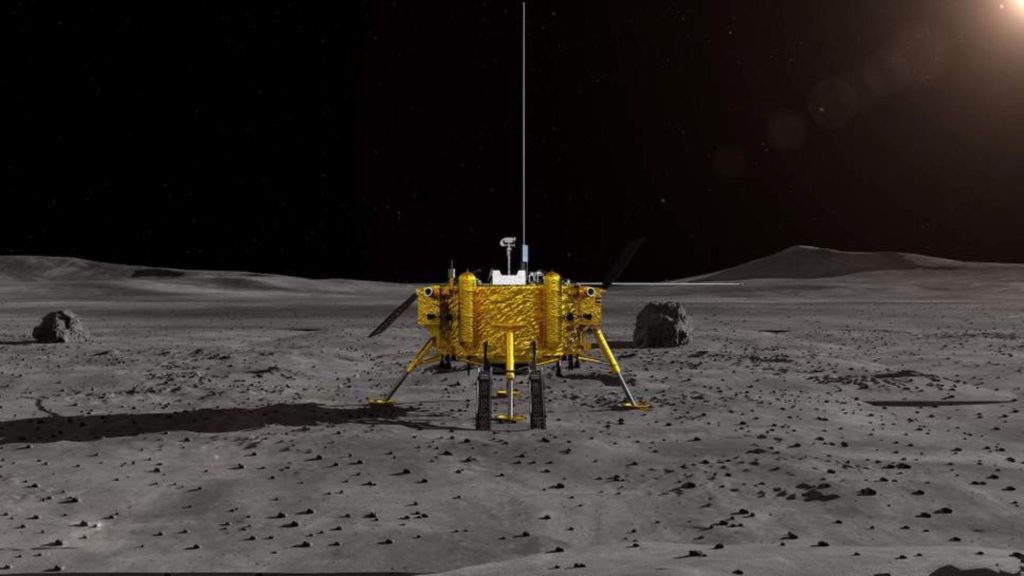China reveals moon’ secret

Chinese mission to the far side of the moon may have unearthed the secrets of the moon’s mantle.
The mission sent a lander to the largest crater in the solar system, where an impact likely sent fragments of the mantle flying to the moon’s surface. The new research may be the best look yet at the second layer of Earth’s natural satellite, which remains largely mysterious.
The moon, like Earth, has a crust, mantle and core. The crust is made of plagioclase, or aluminum silicate, but the mantle’s composition has remained mysterious.
The Chang’E-4 lunar lander, sent to the far side of the moon by China earlier this year, may finally be getting a peek at the mysterious mantle. Some of the first measurements sent back by the lander’s moon rover suggest that the massive South Pole-Aitken crater contains fragments of the moon’s upper mantle.
“We found that the material of the Chang’e-4 landing site is mainly composed of olivine and low-calcium pyroxene,” says Dawei Liu, one of the paper’s co-authors. “This mineral combination is the candidate mantle-derived material.”
China also hopes to launch another mission to the moon, called Chang’e-5, which will be the country’s first-ever sample return mission from the lunar surface. Alas, that mission is targeted for the moon’s near side, far from Von Kármán and Yutu-2’s remarkable potential discovery. For now, exploration of the Moon’s deep interior—and deeper past—will have to wait.